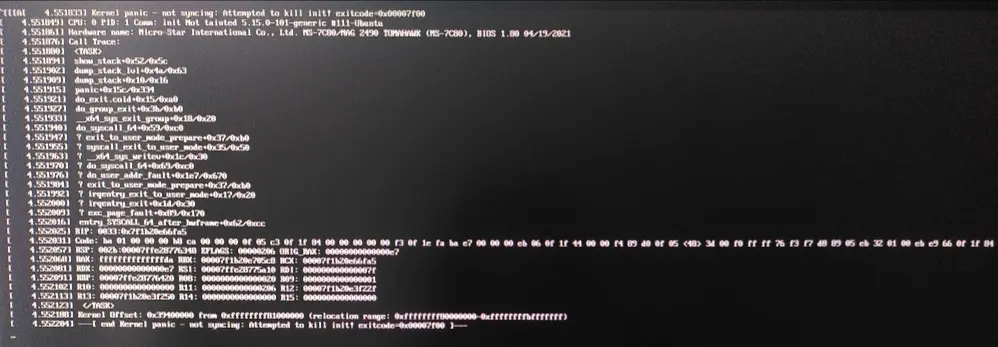Linux Questions
1074 readers
1 users here now
Linux questions Rules (in addition of the Lemmy.zip rules)
- stay on topic
- be nice (no name calling)
- do not post long blocks of text such as logs
- do not delete your posts
- only post questions (no information posts)
Tips for giving and receiving help
- be as clear and specific
- say thank you if a solution works
- verify your solutions before posting them as facts.
Any rule violations will result in disciplinary actions
founded 1 year ago
MODERATORS
1
2
3
4
5
6
8
9
10
11
12
13
14
15
16
18
19
20
21
22
23
24
25
view more: next ›
